Table of Contents
Download PDF
It’s hard to imagine anything more tedious than sitting through a dull lecture as the voices of your professors reverberate in your ears, and you fight to keep your eyes open, so you don’t miss anything. Not an ideal situation for any educational setting. Here are 20 Innovative Teaching Strategies to Kick-start Your Teacher’s Brain.
These are simply methods of instructing! The educational landscape is shifting quickly. Therefore it’s crucial to stay flexible and adopt new techniques. It’s time to think beyond the box! The following list of 20 Innovative Teaching Strategies for the classroom will make your teachings more engaging for students of all ages. Have a look at some of the illustrative teaching methods down below.
Imagine sitting in a class with a teacher speaking in a stretch and you struggling to keep your eyelids ajar, while being lost in a state of oblivion. Doesn’t this sound familiar? Maybe this reminded you of a college class from which you took away nothing more than a skill to pretend to stay awake in a dull and dry lecture. Probably your teacher never cared to implement innovative teaching strategies and methods to keep you interested.
TEFL Certification in India
45-min online masterclass with skill certification on completion
$99 FREE
Access Expires in 24Hrs
Upcoming Batches of TEFL Course :-
| Batch | Mode | Price | To Enrol |
|---|---|---|---|
| Starts Every Week | Live Virtual Classroom | 26500 | ENROLL NOW |
It was your student life. You passed through it dodging those lectures or sometimes bringing your pretense game alive. But now you are on the other side of the fence – either as a teacher or heading towards becoming one. You are seeking out ways to make your teaching methods enjoyable and effective so that the students do not shun your lectures the least.

Positive Teaching Methods
Well, teaching is much more than reading out texts, dictating a passage, deriving a formula, or explaining a definition. Overall innovative teaching methods constitute –
- A healthy learning environment
- An effective teaching strategy
- Students actively participate in and out of the classroom.
Teaching strategy, in all, plays the most vital role in converting the teaching input to output that shows up in the form of students’ take away. We shall discuss it in a while. But before that, let us understand what makes a teaching environment conducive for learning.
What Makes a Good Teaching Environment?
There are multiple factors that, taken together, make a good teaching environment. According to teachthought.com, these are the primary ones –
- Students Ask Quality Questions in the Class
Along with breaking the class monotony, questions serve as a parameter to gauge the understanding of a topic by the students.
Whereas good questions encourage the teachers to dig in more to the subject, frail and redundant questions stand as an impediment to churning out the best out of the lecture.
- Questions are Valued
If the lectures are to be graded, one important parameter would be the questions brought up by the students. And a good teaching environment is one where the questions are valued more than the answers. To encourage good questions, some tricks that can be followed are –
- Acknowledging and praising the students raising questions
- Crediting points against questions
- Giving a percentage of marks for questions

- Teaching Ideas have Diverse Sources
It is important to keep the sources different and enriching, in order to get good content for the final presentation and teaching. Nowadays there is an ocean of resources available online that include different websites and forums and groups to get teaching ideas and materials. Offline resources like mentors, experts and students themselves also serve as a rich source to prepare the notes and inputs.
- Different Learning Models are Used
To make teaching structured and efficient, certain models can be used. Several researchers and thinkers have framed out many teaching models that when applied, can make the teaching environment more productive. Some of those models are – project-based learning, school-to-school, flipped classroom, eLearning and so on. One or more of these models can be used to enhance the teaching and learning experience.
- Assessment is Transparent and Non-Punitive
Assessment is an integral part of teaching as it reflects the understanding of the subject. But the correct measure of understanding would be possible only with correct assessment. For this, the assessment should be kept transparent so that the student gets to know the flaws in his/her understanding.
At the same time, a bad score or grade should not lead to any kind of punishment as it discourages the students to keep the interest alive along the learning process.

- There is a Proper Hands-on In Place
Without hands-on or practical, the learning stands incomplete. There should be various opportunities for putting theory to practice in all the subjects. It gives the students a feel of the real world and encourages them to improvise learning and put discerning approaches towards a solution.
- Success Criteria is Not Definitive
Success criteria should not be determined by teachers, peers, parents, or relatives. Through a proper learning environment, students should develop the maturity to set a goal for themselves and define success accordingly. There should be no interference or pressure from the teachers with respect to success and its attainment.
These were some of the criteria for making a teaching or learning environment healthy. But what’s even more vital to make the teaching experience big, is the teaching strategy that one follows.
So let’s visit some effective teaching strategies followed by innumerable teachers worldwide to streamline their teaching.
Also, Read This: 10 Different Methods of Teaching the English Language
The Innovative Teaching Methods
1. Active Learning
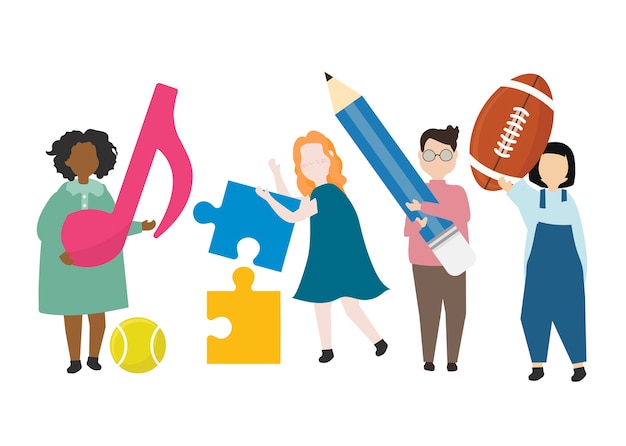
Active learning strategies are the teaching strategies used to engage the students and promote their active participation by putting them at the center of the learning process.
There are various active learning techniques that can be used. Few are –
- Reciprocal Questioning
Divide the students into groups and ask them to come up with questions related to the topic covered. They ask as many questions as they can and the other groups answer those questions. Each group takes turns asking their own questions.
- The Pause Procedure
Break the lecture into parts with small breaks in between. Ask the students to jot down the doubts during the breaks and then discuss them with peers.
The pause procedure is a proven way to increase productivity both of the teacher as well as of the students.
- The Muddiest Point Technique
Ask the students to write down the muddiest point, i.e. the most unclear point from the taught topic. This exercise helps them reflect upon their understanding of the lesson.
- The Devil’s Advocate Approach
Divide the class into two and assign an argumentative topic for discussion for and against it. This helps develop a wider lens for viewing a topic.
- Peer Teaching Activities
Ask the students to instruct their classmates as a teacher would do. This enhances student interaction and group-building skills.
2. Personalized Learning
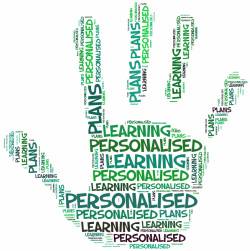
One of the many teaching strategies for learning that suits some students may not be equally fruitful for others. In that case, personalizing the learning can be a good option to enhance the overall learning of students.
Several personalized learning strategies are –
- Train the teachers to assess the students
- Use Ed-Tech for a personalized teaching
- Let the students decide their own goals
- Let the students also self-assess themselves
- Make personalized learning playlist
3. Flip Classroom and Home Activities

Since the early 2000s, Flip instruction has been gaining momentum.
Under this strategy, the classroom and home activities are flipped or interchanged: lectures are recorded and video links are sent to the students. Students listen to the videos from home at their own pace. In the classroom, they perform several exercises and activities related to the lesson.
Several surveys show that flipped activities result in a better outcome by the students as they learn at their own pace, and get a chance to do one-to-one interaction with teachers and students through online chats.
4. Gamification
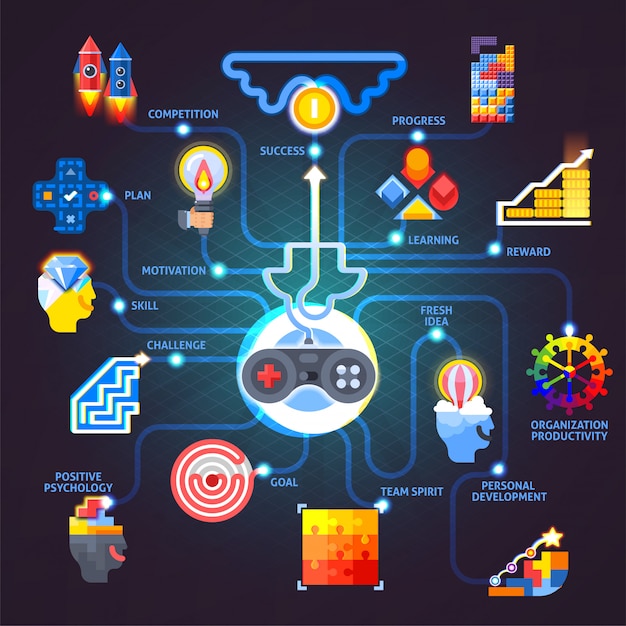
Gamification is one of the most used teaching strategies. It refers to making learning game-oriented or in other words, making game learning-oriented. Games help students learn in a playful manner, yet keeping the learning flame on.
The games should be prepared to focus the students and following the below guiding principles:
- Set the rules and expectations clearly
- Make a grading scale to mark the progress
- Keep a balance between fun and serious learning
A study shows the positive effects of gamification in the learning process.
Must Check US Ranked No. 1 TEFL Certification Course Online
5. Convergent and Divergent Thinking
The solution to a problem can be approached through different modes or techniques. Convergent and Divergent thinking is of the opposite nature but both can be used to reach a solution differently.
Whereas the convergent approach means starting from different possibilities of solutions and striking off all but one to finalize one unique solution, the divergent approach starts from a prompt and finally reaches multiple possible solutions.
Both of these approaches are important as they help to develop different kinds of analyzing skills. Writing convergent and divergent questions is an art that needs to be learned before presenting to the students for practice.
6. Project-Based Learning
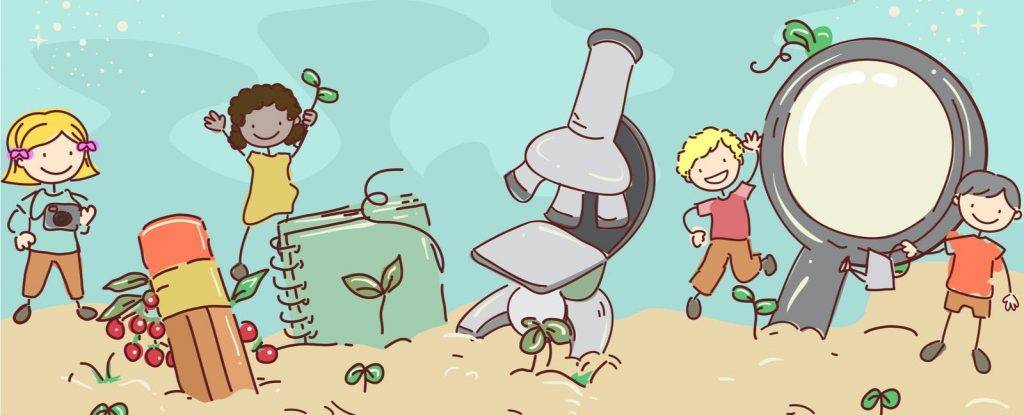
A project is synonymous with a practical approach. With projects comes real-life experience. Projects give the below advantages to the students –
- Students get real-life experience
- Students learn the nuances of problems
- Students learn working in group or team
- Role-based learning is encouraged
- There is more student engagement
- Critical thinking boosts
7. Peer Teaching

Group study, as many call it, is a famous technique to improve learning. Peer teaching is one of those innovative teaching strategies that help improve understanding of the subject and also strengthen interpersonal skills.
Peer teaching has multiple advantages –
- Increased memory
- Improved confidence
- Better critical thinking and reasoning skills
- Better comfort level and hence learning
Roleplay gives each student equal opportunity. And while your students are at it, associate their performance to a reward-based system. Have a feedback mechanism in place and teach them the proper way to give the feedback. Also, remember that the students are not the real teachers and they may lack knowledge and discipline. Sit along, monitor, and fill the gaps wherever necessary.
8. Problem-Based Learning

This is student-based learning in which you provide relevant problems to students and have them solve in stipulated time.
Be sure to inform them a day before about the exercise so that they come prepared. Give individual or group tasks to involve them in the problems.
Some of the advantages of this student-centered pedagogy are –
- Long-term retention of knowledge
- Break-in monotony
- Active interest through the session
- Team building improves
9. Reciprocal Teaching
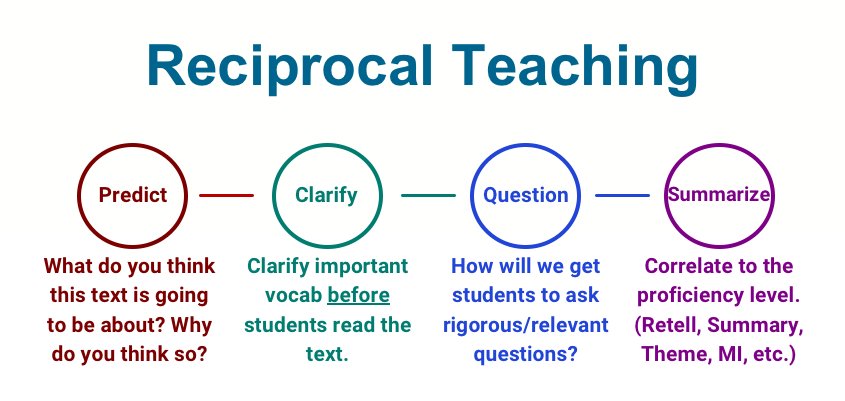
Reciprocal teaching belongs to the teaching strategies that are associated with reading. Students read a passage and are supposed to understand and explain it to the class. You as a teacher can ask them to –
- Predict what the text is about
- Ask questions based on their understanding
- Explain the passage
- Provide a summary to the class
Reciprocal teaching is an effective way to trigger deeper comprehensive skills. The effectiveness of the methods of this strategy has been explained in a 2009 study report that is worth taking a look at.
10. Blended Learning
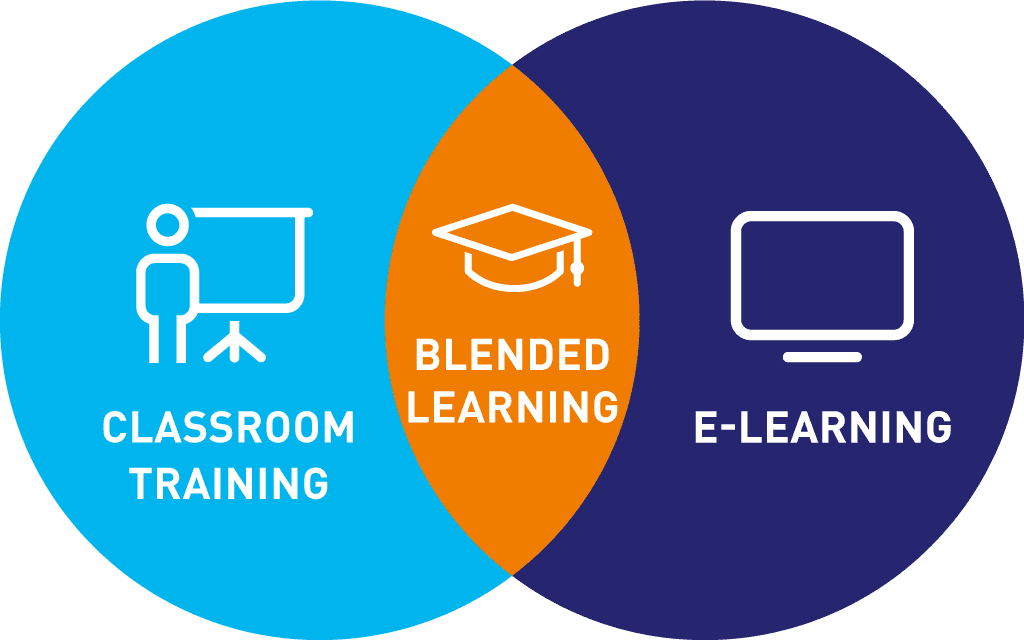
In today’s technology-driven world, neglecting the power of the internet would be foolish. Blended learning combines classroom and online learning.
There are many ways to bring blended learning into practice. Some prominent ones are –
- Having education apps up and running
- Following some official learning sites for teaching and studying
- Having e-learning software
- Video conferencing of teachers and students
11. Culturally Inclusive Teaching
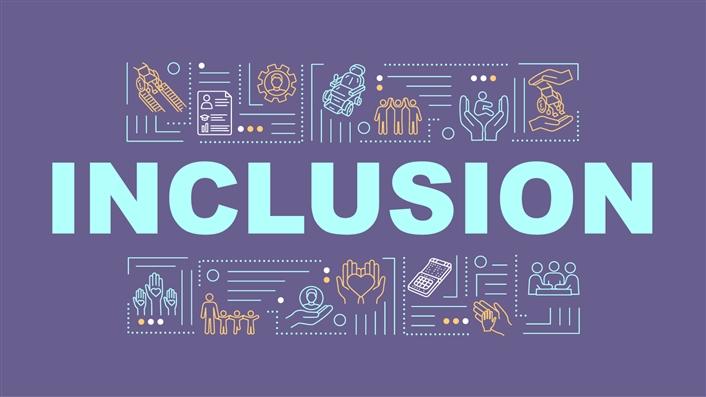
In a diverse environment where students of different cultural backgrounds are present, teaching can become challenging as all students may not be equal receptors of educational content.
Culturally inclusive teaching links the content with students’ cultures. As a teacher, start by knowing your students, their cultural background, and about brief information of their culture. Then try to link your study content with their culture through examples and exercise. This way they learn better.
You can also invite guest teachers from different backgrounds to take some sessions for your students. A study shows that having educators from the same cultural background leaves a better knowledge footprint on students’ minds.
12. Service Learning

Service-learning associates students with society and its needs. Students learn about being active and responsible citizens.
Every week or month, have a societal theme for your students and give them activities related to it. They develop civic sense doing these activities and understand the importance of serving their society and nation at large.
13. Media Literacy
Many schools have media literacy in place. It is not only about understanding, it is also about questioning the newspaper and magazine contents. It makes the students question news or advertisement or any piece of information posted in the media.
It is critical in today’s world to not accept things as we see them. You can also engage the students with some of the related activities like –
- Finding flaws in an ad
- Interpreting a logo
- Write an article about some real incident
- Pretend play like a real celebrity interview
- Create a brand name
14. Mistake-Led Teaching

Present a passage or content full of mistakes. Divide the class into groups and ask them to identify mistakes. Have credits against each correct mistake pointed out.
This exercise helps to develop these skills among the students –
- Reasoning
- Critical thinking
- Analytical skill
- Group building
- Memory
15. Feedback

Have a feedback mechanism active for the students. This way the students get to know about their good and weak points. Educate them to accept their negative feedback well and to work on them for improvement. Also, give them true positive feedback to encourage their efforts.
Similarly, let them give you teacher’s feedback so that you know the areas of improvement that you can work on.
16. Lesson Objective Clarity
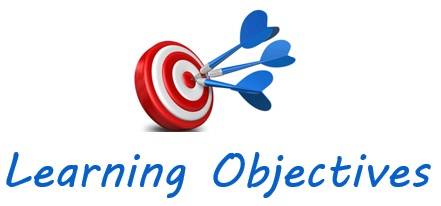
Many teachers, while starting a lesson, miss out on talking about the lesson objectives. This leaves the students anxious.
It is a good practice to tell the motto or goal of learning in advance so that students are aware of what they are working on.
17. Use of Graphic Representation

Graphs, Venn diagrams, charts, flowcharts, etc give a visual impression to the students and help in understanding the concepts more clearly.
Put these visual elements in use as much as possible while demonstrating a concept, either on the whiteboard, slide show, or in study materials.
There are several graphic designers, online websites, and apps that help in creating diagrams and charts. Take their help while creating the study materials or slides.
18. Distance Learning

Distance learning is one of those teaching strategies that has come to special significance now, during the Corona pandemic. Now that the teachers and students can’t come together in person, technology has come to the rescue.
Learning should not stop and so, use of online video classes and assignments are full-fledged in action. There are different distance learning modes –
- Video classes
- Predesigned video content
- Online notes and worksheets
- Online assessments
- Study materials through posts
19. Behavior Management

While it is important to implement innovative teaching strategies to promote healthy learning, doing a behavior check for the students is of equal significance.
An example of an activity for behavior management is-
- Conduct storytelling and games in the class
- Offer positive and negative game points for good and bad behavior
It may be a small beginning, but doing such activities with students instills in them good behavioral virtues that are carried by them for life.
20. Cooperative Learning
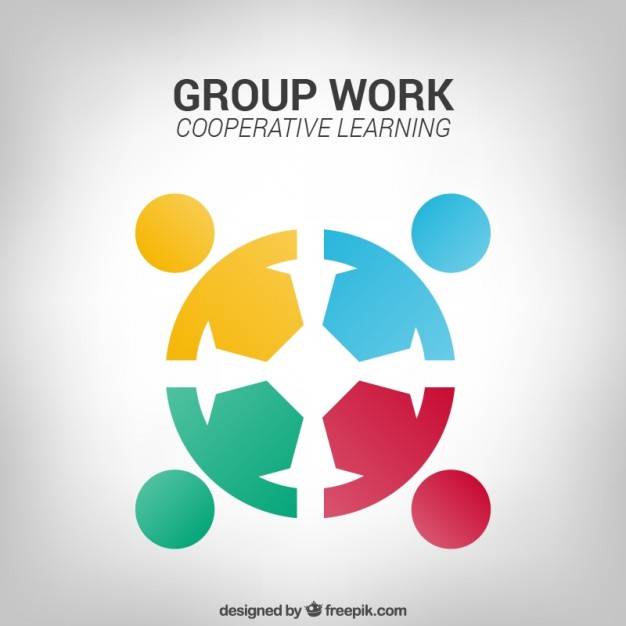
In these kinds of innovative teaching strategies, students are responsible for each other’s learning. They do group study and teach each other. This way they learn more compared to individual learning. It develops the below –
- Communication skills
- Interpersonal skills
- Confidence
- Problem-solving
- Cognitive skills
- Critical thinking
With this, we come to some of the most effective pedagogy techniques which enhance the teaching and learning experience.
If you know of other innovative teaching methods and strategies too, please mention them in the comments below. Readers shall be glad to know them all.
Check Out our highly recommended TEFL Certification Training.
Also Check this Video
FAQs
Positive Teaching constitutes –
– A healthy learning environment
– An effective teaching strategy
– Students actively participating in and out of the classroom.
Nowadays multiple websites are available to give free as well as paid teaching resources for all ages of students. These resources can be –
– Teaching ideas
– Worksheets
– Notes
– Learning materials
These are some of the innovative teaching strategies that one should avoid-
– Teaching without an objective
– Lessor no use of visual aid
– Making note-taking the only teaching mode
– Not involving students in activities
– Giving too many or too long tests
– Not respecting the students
– What is TEFL Certification
– Top 10 TEFL Certification Program in 2023
– Top 15 Free TEFL Certification Courses in 2023
– Top 50 Best TEFL Certification Courses
– TEFL Vs. TESOL
120-hours TEFL / TESOL Online Certification Course
Ranked No. 1 Course | 100% interview guaranteed | Live Online Instructor-led TEFL Training & Certification | AAEFL Certified TEFL Course
View Course
Recommended Programs
120-hours TEFL / TESOL
Online Certification Course
Ranked No. 1 Course | 100% interview guaranteed | Live Online Instructor-led TEFL Training & Certification | AAEFL Certified TEFL Course | Qualify for 12,000+ jobs from 6+ countries | With over 100,000 English teaching positions opening every year, immerse into the market of 2 Billion English learners today.
TEFL Certification Online
Course in USA
Ranked No. 1 TEFL Certification Course in USA | 100% Interview Guaranteed | Online Certification course in USA | instructor-led training and certification program of TEFL | Qualify for 12000+ jobs from 6+ countries.
Post Graduate Program
in TEFL
Ranked No. 1 Course | 100% interview guaranteed | Live Online Instructor-led Post Graduate TEFL Training & Certification | AAEFL Certified Post Graduate Program in TEFL | Qualify for 12,000+ jobs from 6+ countries | With over 100,000 English teaching positions opening every year, immerse into the market of 2 Billion English learners today.
Explore Popular Category
